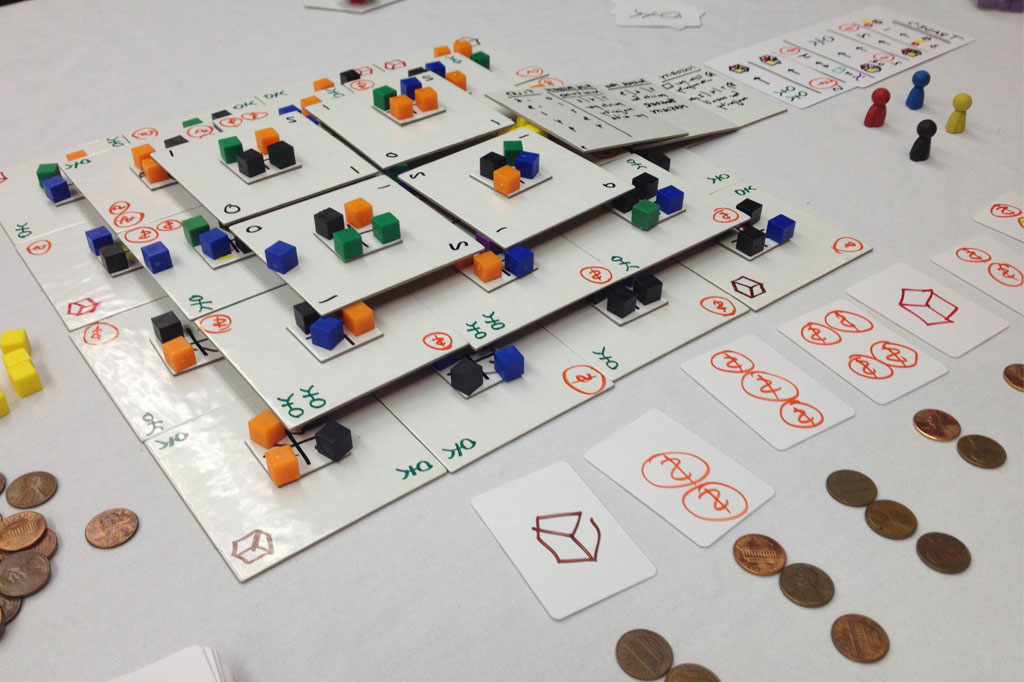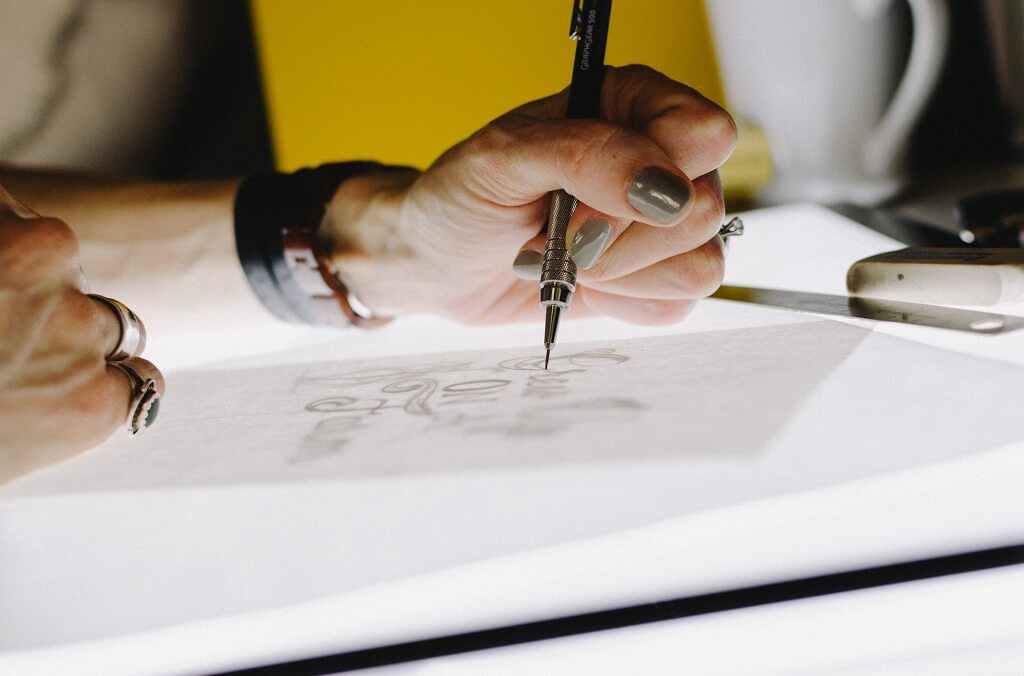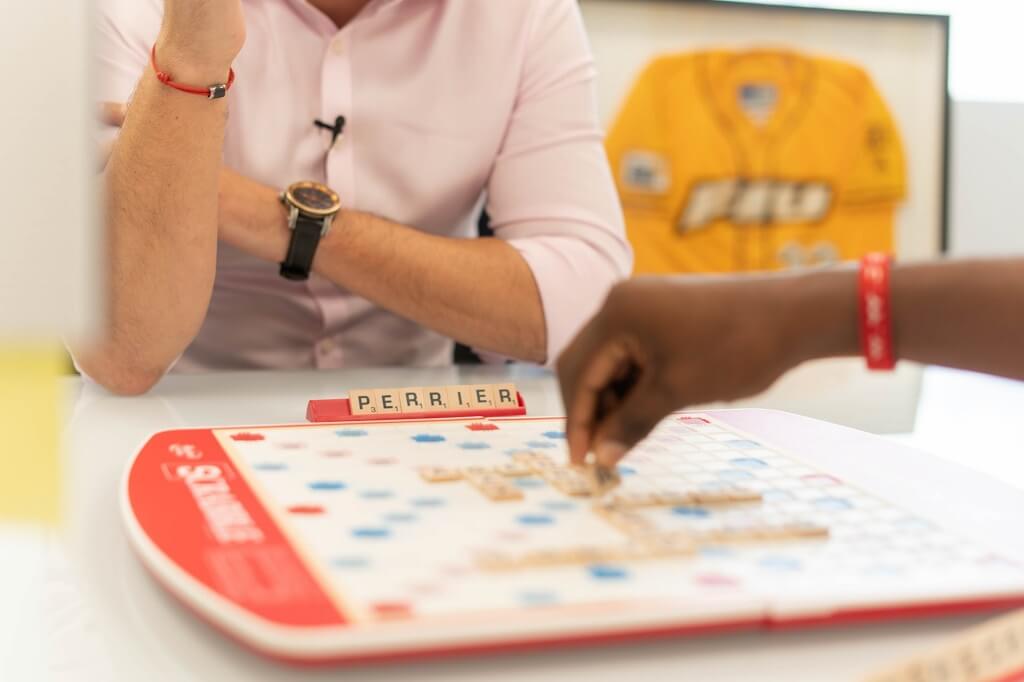Before a board game reaches the shelves, the critical phase of prototyping determines if the concept works and how it can be improved. Prototyping is more than just making a rough version, it’s about testing ideas, refining rules, and bringing your vision to life in a tangible form.
In this article, we have listed 10 practical tips to help you create a successful board game prototype.
Table of Contents
1. Start with a Low-Fidelity Prototype
Don’t jump straight into a fully polished version. Use basic materials like index cards, paper, tokens, dice, and placeholders to simulate components. This helps you iterate quickly without worrying about design aesthetics.
Tips:
- Use post-it notes for modular rule changes.
- Handwrite elements to save time.
- Keep components simple – coins for tokens, cardboard for boards.
Why it works:
You can quickly identify whether the core mechanics are fun or flawed before investing in art or production.
2. Focus on Core Mechanics First
It’s tempting to flesh out every feature, but early board game prototyping should prioritize core gameplay loops. Make sure your main mechanic (deck building, resource management, area control, etc.) functions smoothly before adding expansions or special abilities.
Tips:
- Create a flowchart to map player turns and interactions.
- Test one mechanic at a time to isolate design issues.
- Ask: Is this mechanic engaging without the bells and whistles?
3. Use Digital Tools to Speed Up Iteration
Digital design tools help streamline layout and rule changes. Platforms like Adobe Illustrator, Photoshop, or free alternatives like Canva and GIMP allow you to create printable cards and boards. Tabletop Simulator or Tabletopia also let you test remotely.
Popular tools:
- Card creation: NanDeck, Component.Studio
- Playtesting: Tabletop Simulator (Steam), Screentop.gg
- Design layouts: Canva, Inkscape
Bonus tip: Use Google Sheets to track card abilities, balancing stats, and feedback from testers.
4. Test Early, Test Often

Frequent testing reveals broken rules, unbalanced components, or confusing instructions. Begin by testing the game on your own, then gradually involve friends, family, and finally, unfamiliar players. Each group offers different insights.
Tips:
- Write down every question a tester asks.
- Observe body language – boredom, confusion, or excitement speak volumes.
- Use forms or feedback sheets to collect consistent input.
Key metrics to track:
- Game duration
- Turn downtime
- Player satisfaction
- Rule clarity
5. Embrace Player Feedback Without Losing Your Vision
Not all feedback needs to be acted upon, but trends in player behavior or consistent confusion are red flags. Stay open to criticism while keeping your game’s identity intact.
Tricks for processing feedback:
- Categorize comments (rules, mechanics, theme, components).
- Look for repeated issues rather than isolated opinions.
- Use a changelog to document what you modify and why.
6. Upgrade to a High-Fidelity Prototype Gradually
Once your game mechanics are refined, move toward a more polished version. This prototype should include:
- Printed cards with real layout and artwork.
- Custom tokens, dice, or meeples (optional at this stage).
- A well-structured rulebook.
Tips:
- Use online printing services or a custom board game manufacturer for quality.
- Incorporate placeholders for art and iconography while final assets are being developed.
- Invest in quality card sleeves for frequent testing.
7. Don’t Underestimate Rulebook Design
A great game can fall apart with a confusing rulebook. Your rules should be:
- Clear and logically structured.
- Full of diagrams and examples.
- Playtested just like the game.
Tips:
- Write from a beginner’s perspective.
- Include a glossary or index.
- Let someone unfamiliar with the game teach it back to you from the rulebook.
8. Keep Components Organized
Prototypes often include numerous pieces: cards, tokens, boards, and more. Use containers, baggies, or foam inserts to keep everything tidy and ready for setup. A well-organized game is easier to test and leaves a better impression with playtesters or publishers.
Pro tip: Label everything clearly and include a component list for setup and storage.
9. Consider Your Target Audience
Design choices should reflect the experience you want to create. Are you making a party game for casual players or a strategy-heavy Eurogame for hobbyists? Your prototype’s complexity, component design, and language should align accordingly.
Questions to ask:
- Is the theme appropriate for the audience?
- Is the level of strategy and randomness balanced for the players I want to reach?
- Are icons, fonts, and color choices accessible?
10. Prepare for Publisher or Kickstarter Presentation
If you plan to pitch your game or launch a crowdfunding campaign, your prototype should reflect the final product’s potential. Even if it’s not perfect, it should convey your vision clearly.
Tips:
- Include mock-up packaging or box art.
- Prepare a sell sheet summarizing the game’s features.
- Be ready with gameplay videos, photography, or a digital version.
Important: You don’t need final art to pitch, just enough to show marketability.
Final Words
Board game prototyping is a journey of creativity, testing, and iteration. By starting simple, focusing on gameplay, listening to feedback, and gradually refining your components, you can bring your idea to life in a compelling and cost-effective way.
Remember, every legendary board game began as a rough sketch and a pile of paper – it’s your dedication to refining it that will make it shine.
Final Checklist for Prototyping Success:
- Create a basic, playable version first.
- Test mechanics before components.
- Use digital tools to speed up design changes.
- Conduct multiple rounds of playtesting.
- Update your prototype with feedback.
- Prepare a polished version for pitching or presentation.
- Keep your game organized and documented.
- Always keep the fun front and center.
With these tips and tricks, you’ll be well on your way to developing a board game prototype that captivates players and stands out in a crowded market.




